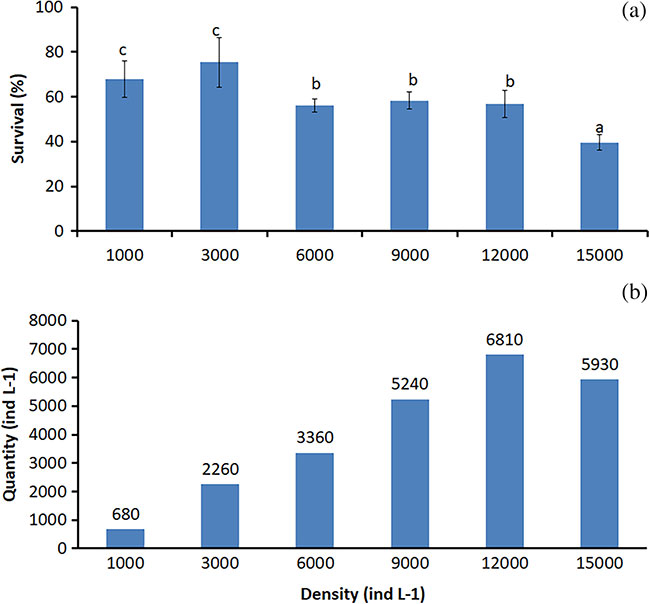
News & Views
Research
Study results bode well for copepod production in Vietnam
December 6, 2023 By Ruby Gonzalez
 Credit: Hung Quoc Pham
Credit: Hung Quoc Pham Two protocols on biomass production of tropical copepod (Acratia sp.) have been established in a study in Vietnam. The results are expected to boost the production of the popular larval feed in Central Vietnam, a major hub of the country’s farmed fish production
Focus areas are on nauplii stocking density and survival, and adult density on egg and nauplii production.
“Different densities may be applied for biomass production or for harvesting eggs from the culture,” cited Hung Quoc Pham et al. in the study published on the Journal of the World Aquaculture Society. The team is with Nha Trang University.
The study determined development time, survival, size of adult males and females, and egg and nauplii production. “These parameters are essential for the biomass production of copepods for aquaculture purposes,” they said.
The experiment on nauplii was done using stocking of nauplii at 1,000, 3,000, 6,000, 9,000, 12,000, and 15,000 individual L−1.
A separate experiment on adult stocking was at 1000, 1500, 2000, and 2500 individuals L−1.
The initial nauplii density of 3000 nauplii L−1 did not affect the survival of Acartia sp. from nauplii to adulthood. “However, the total number of adults was highest at the nauplii stocking density of 12,000 individuals L−1,” they cited.
“Eggs and nauplii production was reduced when the adult density was higher than 2000 individuals L−1.”
The species is a popular larval feed for a wide range of aquaculture species because it contains high levels of highly unsaturated fatty acids. These are building blocks of normal development of marine fish larvae and juveniles.
High-density culture to cope with demand, however, is constrained but current production protocols. At the usual density of less than 400 adult individuals L−1 in tropical and subtropical conditions, aquaculture ponds, production is low.
“The challenge is to produce a large number of copepods raised in artificial conditions for marine fish larvae rearing on a commercial scale,” they said.
Print this page





